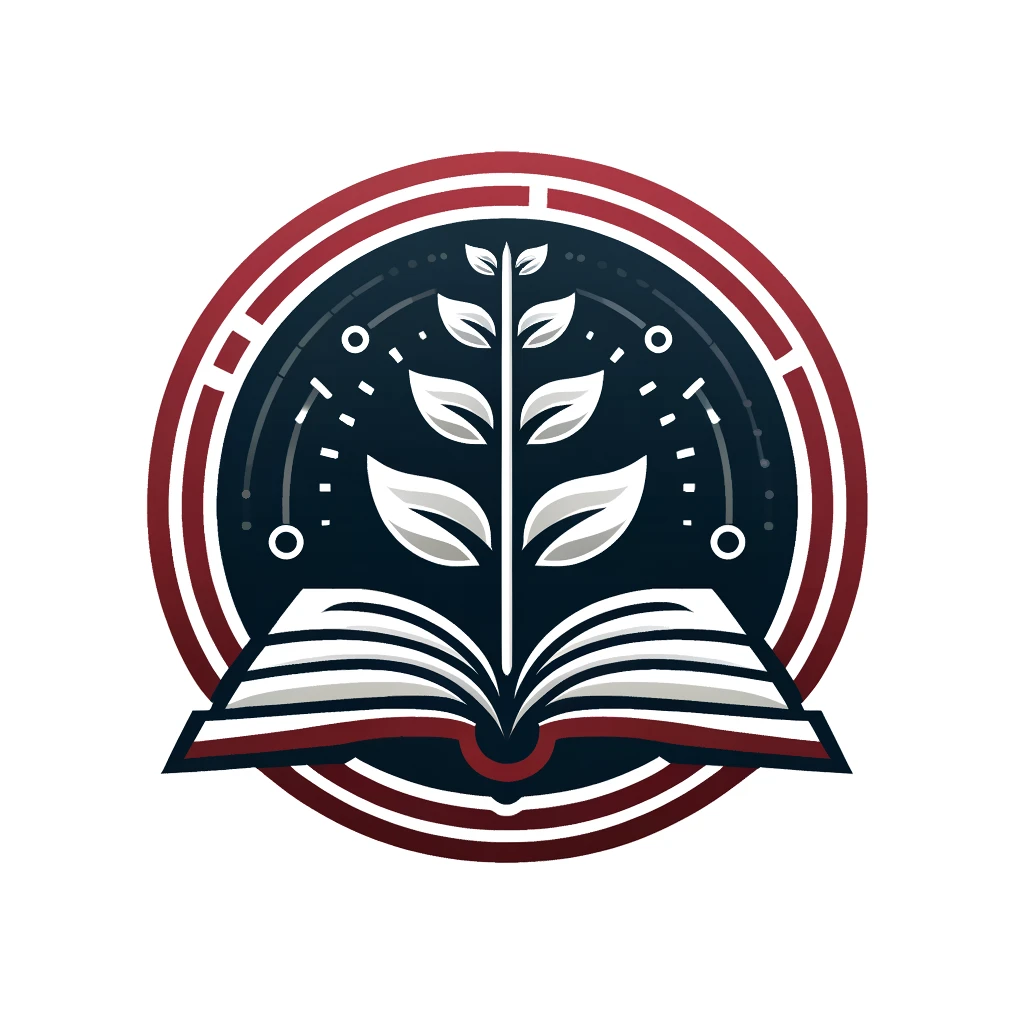Introduction
What’s in it for me? Put your business ideas under the microscope.
This blog will show you how to test your business ideas to turn them into profitable ventures. You’ll learn how to check if your plans are feasible, desirable, and viable. By reducing risks and analyzing data, you can increase your chances of success from the start.
Key Takeaways:
- Why you can’t always trust what customers say.
- How to create a business model canvas.
- What to avoid when running your experiments.
Building the Best Team
To test your business ideas, you need a great team. But what makes a winning team? The best teams are diverse, open-minded, and entrepreneurial.
Diverse teams include people with different skills and backgrounds. They might have expertise in design, tech, sales, marketing, legal stuff, and data management. If you can’t find all these skills in your team, you can partner with others or use technology to fill the gaps.
Great teams also accept that they won’t always get things right. They run experiments to test their ideas and learn from the results. They stay connected with their customers, understanding their needs and feedback. And they have an entrepreneurial spirit, solving problems creatively and moving quickly to get things done.
Making Your Ideas Clear
Every great business starts with a great idea. But how do you turn that idea into a solid business model? One way is to use tools like the Business Model Canvas and the Value Proposition Canvas.
The Business Model Canvas helps you map out your business, asking important questions like: Who are your customers? How will you reach them? What resources do you need? What will your daily activities look like?
The Value Proposition Canvas helps you understand your customers’ needs and how your product can create value for them. It includes information about what benefits your product offers and how it can solve problems or ease fears.
Forming Hypotheses
Before you dive into your business idea, you need to test your assumptions. This starts with forming hypotheses—statements you think are true but need to test to confirm.
A good hypothesis is testable, precise, and focuses on one thing at a time. For example, if your idea is to start an after-school science program for kids, a hypothesis might be: “We think parents will pay $20 a month for this program.” You can then test if this is true by gathering data.
Running Experiments
With your hypotheses ready, it’s time to run experiments. These experiments should be quick and cheap, allowing you to learn fast and adjust your plans. Remember, the more experiments you run, the more you learn and reduce risks.
When running experiments, aim to gather strong evidence based on facts, not opinions. For example, observing how customers behave in real life is more reliable than just asking them what they think.
Discovery and Validation
There are two main types of experiments: discovery and validation. Discovery experiments help you explore your assumptions and gather insights. Validation experiments test if your chosen direction is the right one.
For example, interviews and web traffic analysis are useful discovery experiments. They help you understand your customers’ needs and behaviors. Validation experiments, like creating a minimum viable product (MVP) or crowdfunding, test if your product is desirable and if people are willing to pay for it.
Avoiding Pitfalls
Even with the best plans, things can go wrong. To avoid common pitfalls, make sure you spend enough time testing. Don’t rush through experiments—dedicate time each week for testing and learning.
Avoid analysis paralysis, where you overthink and can’t make decisions. Instead, run tests and see what the data tells you. Remember the mantra: “Strong opinions, weakly held.” Be open to changing your mind based on evidence.
Final Thoughts
In the business world, a good idea isn’t enough. You need lots of good ideas, carefully tested through reliable experiments. This way, you can find out if your idea works in practice and make necessary adjustments.
Actionable Advice:
Know your hypotheses. There are three types of hypotheses: feasibility (can you make it happen?), viability (will it make money?), and desirability (do people want it?). Understanding these will help you ask the right questions and test effectively.



